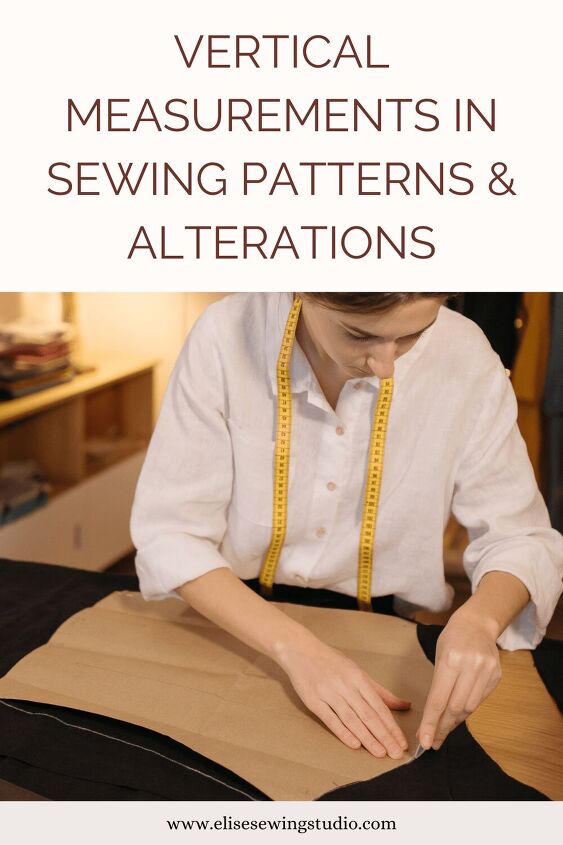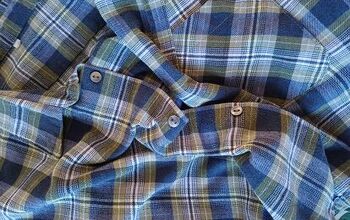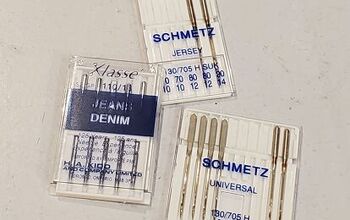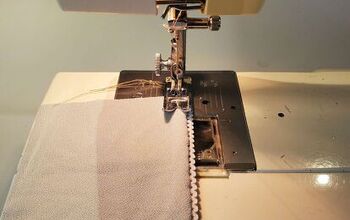Vertical Measurements in Sewing Patterns | Elise's Sewing Studio

We may earn money or products from the companies mentioned in this post.
When it comes to sewing patterns, you might be used to looking at measurements such as your bust/chest, waist, and hip to choose the right size. But if you don’t compare vertical measurements in sewing patterns, you are missing a key element that will help make your finished garment fit you!
Vertical measurements in dressmaking are measurements to determine where the horizontal measurements are taken, such as:
- shoulder to bust
- shoulder to waist
- shoulder to hip
- waist to hip
Comparing your vertical measurements to the vertical measurements on the pattern is important because otherwise the fit in bust, waist, and hip will be off.
Measure from your mid-shoulder to your bustline, and to your waistline and compare to your pattern. I described this in more detail in another blog post, get started sewing clothes that fit.
Making sure that the bust, waist, and hip all fall in the right spot can be a trick to getting clothes you already have to fit you better.
If you are shortening straps on a dress, you aren’t just making adjustments to the shoulder. You are taking the whole garment up by the straps, making it fall differently.
I recently altered the shoulder seams of a sleeveless dress that was too big in the bust. Pulling it up by the shoulder strap put the fullest part of the bust in the right place which caused it to fit much better!
It’s like sewing magic. Next time you have something to alter and you can’t quite figure out what it needs – try adjusting how the garment falls at the bust, waist or hip and see if that makes a difference.
The full lesson of how I altered this dress is inside the course, Alter Almost Anything.
It can be helpful to keep a record of your measurements – including vertical measurements like shoulder to bust and waist.
If you would like a measurement sheet to help you to keep track of your measurements, I have included one in the Sewing And Alterations Planner.
Enjoyed the project?
The author may collect a small share of sales from the links on this page.
























Comments
Join the conversation